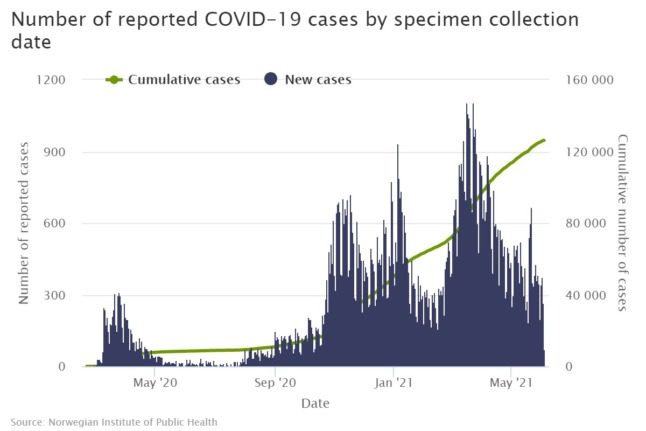The infections caused by the parasite were previously considered to be rare, but figures show that the number of cases has increased significantly in the last few year, according to scientist Peter Deplazes from the Institute of Parasitology at the University of Zurich.
Infections are occurring all across the central regions of Switzerland, with the largest number found in the Zurich region and in the north-west of the country.
Figures recorded by the Zurich Animal Hospital have risen from six cases in 2009 to 14 cases last year, with similar increases being recorded elsewhere, newspaper Neue Zürcher Zeitung reported on Wednesday.
Transmission of the parasite, known as Angiostrongylus vasorum, is occurring because foxes and dogs are eating snails carrying the parasites’ larvae. The larvae then pass from the animals’ intestines into the blood stream and are carried into the heart and pulmonary arteries, where they develop into adult worms.
These worms then reproduce causing damage and often death to the host. Snails eat infected foxes’ faeces, and are then in turn eaten by dogs, thereby perpetuating the cycle.
Peter Deplazes believes that the reason for the increase in cases is in part due to the increasing numbers of foxes, particularly in urban areas. Fox populations have been on the rise since the 1980s following the success of measures taken to tackle rabies.
In addition, the parasite has also become easier to identify because the scientific community has shown a greater interest in it.




 Please whitelist us to continue reading.
Please whitelist us to continue reading.
Member comments